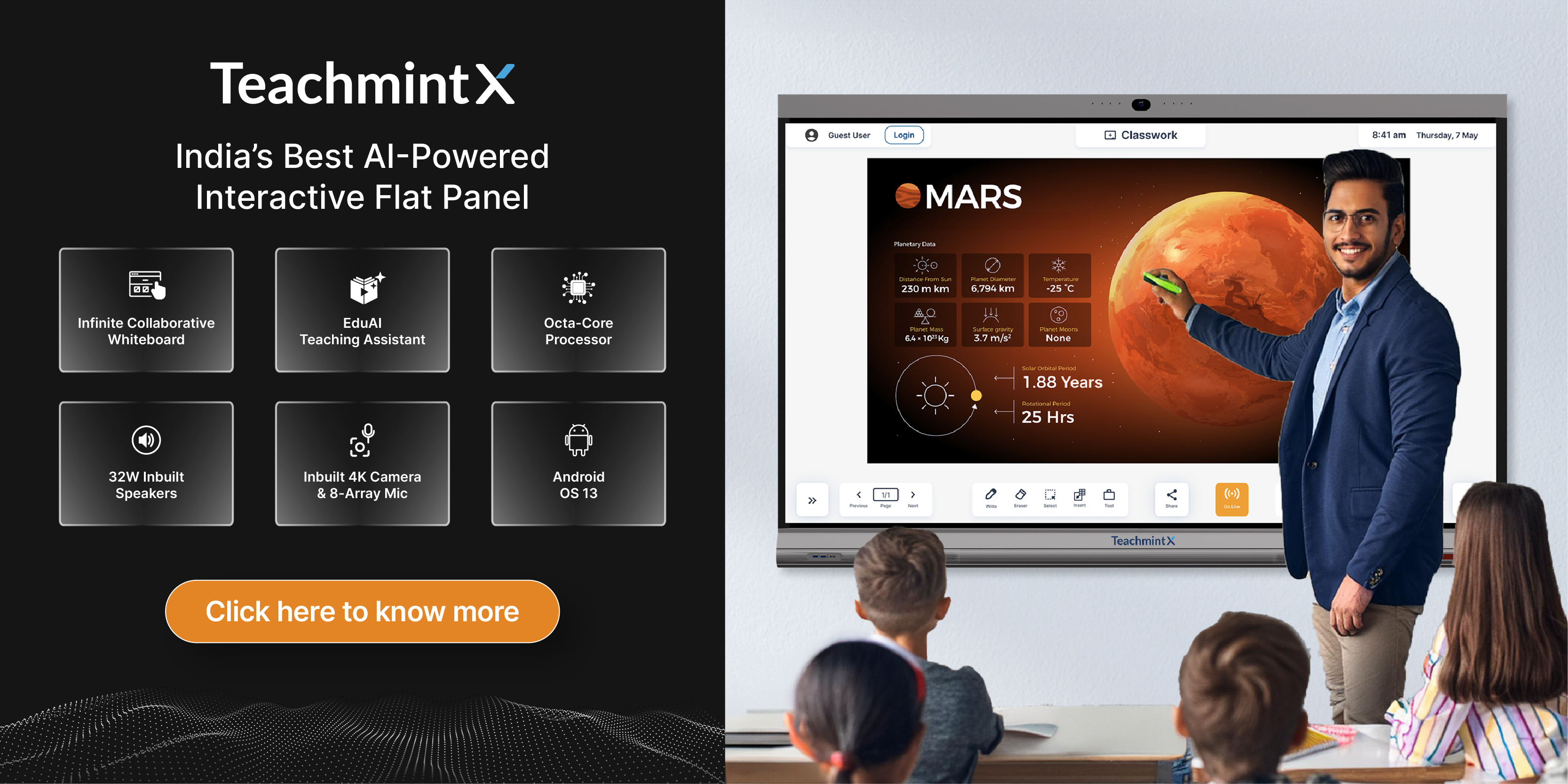Peer tutoring meaning is a question for many educators these days. It is a type of learning practice where students assist their peers in grasping various academic concepts. It involves students acting as tutors and instructing their classmates. In this strategy, the teacher typically designates a student who is doing well in the class to tutor a student who is performing below par. This strategy aids in giving weaker students individualised attention. This individualized attention will enable teachers to determine why a student is falling behind in class and, hence, can adjust their teaching strategies accordingly. The key benefits of this teaching style are:
Improved communication: Peer teaching meaning allows students to interact with one another well. One student teaches, the other one listens, and they cross-question. All these activities improve speaking and active learning skills among others.
Better academic status: improved student engagement, independent skills, and problem-solving enhance the academic status of the class.
Improved interpersonal skills: peer teaching improves social and interpersonal skills among learners to a great extent. The classroom becomes more fun and engaging for all.
Empathy and compassion: sometimes teachers and parents fail to understand what problems their child is facing. However, students of the same age group and academic stream understand each other well. Peer teaching improves empathy and compassion among learners. Offering a helping hand, and emotional support are other benefits.
A constructive learning environment: peer tutoring meaning is when students teach other students. This helps in developing a constructive learning environment where learners help each other and learn how to work as a team.
It will offer a better learning experience for weak students. It helps weak students to improve their scores and be on the right track. Tutees will be able to explain concepts to their fellow students in a better way as they will be explaining concepts to them in the simplest way possible. Students can ask several questions and receive prompt responses, unlike in traditional learning settings. A close bond between pupils is made possible through this methodology. Also, according to the learning pyramid when a student teaches what they have learned, the learning retention rate is higher. Hence, this method benefits tutees as well. They will also be able to perform better in their examinations.
There are different kinds of teaching models, such as Classwide Peer Tutoring (CWPT), Cross-age Peer Tutoring, Peer Assisted Learning Strategies (PALS), Reciprocal Peer Tutoring (RPT), and Same-age Peer Tutoring. These methodologies are generally used to bridge the achievement gap and aim at the collective development of the students. So by reading the above-mentioned information, peer teaching meaning is quite clear: that it is a mode or an educational practice that makes your traditional classroom more effective, powerful, and advanced.
Teachmint is a one-stop solution for educational institutions of all sizes. With our admission management system and other features, institutes can streamline their activities. To know more about our offerings like a learning management system, visit our website.
Learn more about Teachmint plans here.
To stay updated follow Teachmint News

